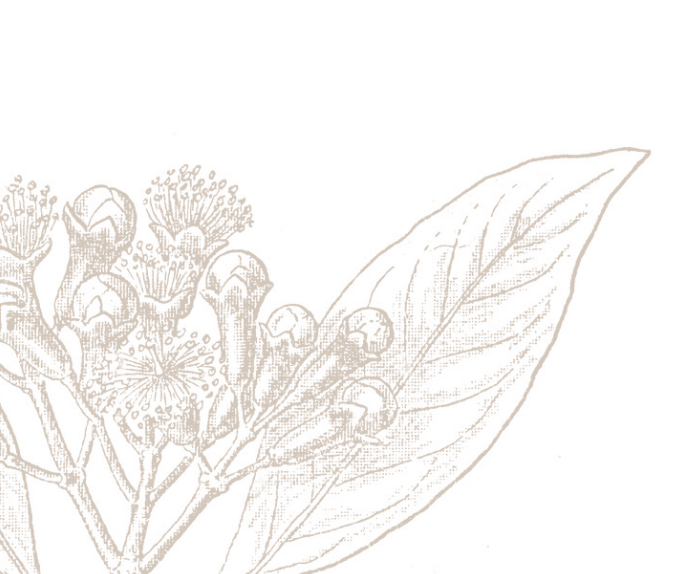The practice of hand-rolling kretek, though modernized with machine-rolling today, still persists today as a skill passed down from generation to generation. This often unseen history actually ads up to Indonesia's cultural heritage.
Kretek can be traced back to the 19th century, when Haji Jamhari, a native Kudus in Central Java, sought relief from asthma and chest pain by adding cloves to his hand-rolled cigarettes. Ever since that, kretek have become a cultural symbol that deserve to be safeguarded by The UNESCO, which was stated in a special convention talking about intangibel cultural heritage. Kretek was seen as a knowledge and skill which is transmitted from generation to generation. The practice of hand-rolling kretek still persists to this day.
Indonesia produces over 175,000 tons of cloves, according to this year’s Ernst & Young’s tobacco study, and most of the output is used for the manufacture of kretek. The report estimates that the livelihoods of 1.7 million people depend on tobacco and clove farming.
Being labor intensive, 600 businesses are estimated to operate in the sector, which employs 6 million people, comprising 4.28 million workers in the manufacturing and distribution of tobacco, and 1.7 million farmers.

Unseen History of "Kretek"
01
April 2023








